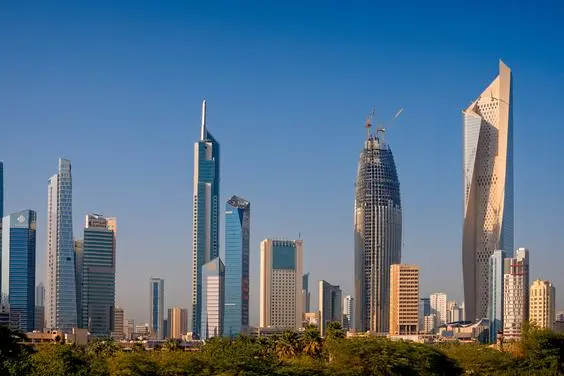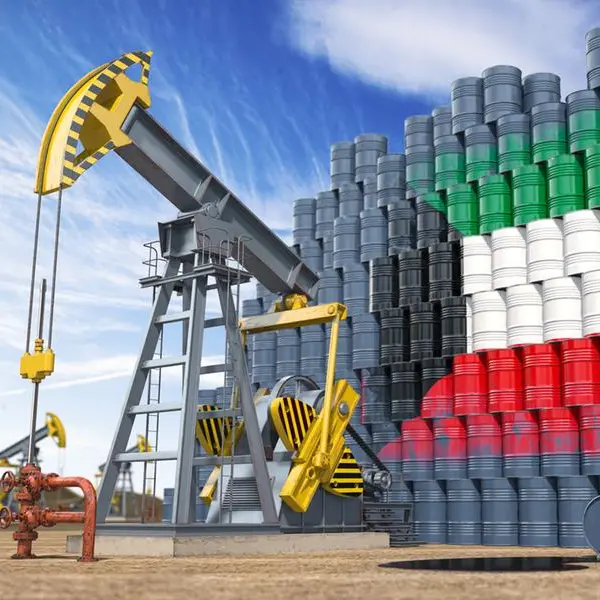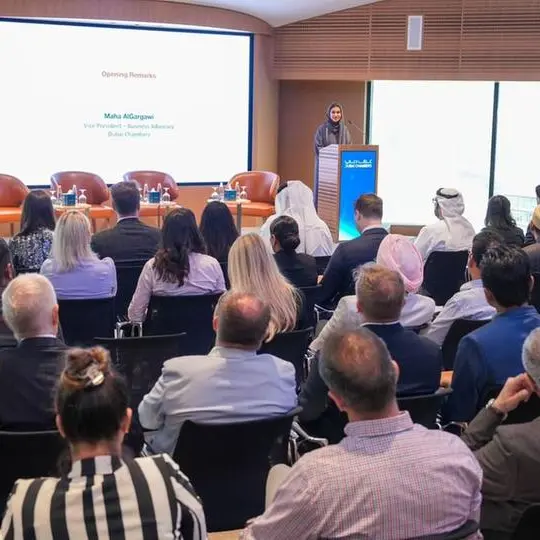PHOTO
Kuwait skyline. Getty Images Image used for illustrative purpose
KUWAIT-- Kuwait's development blueprint embraces 55 policies reflecting an ambitious development program that the Gulf country seeks to put in place by carrying out 35 development policies in the 2023-2024 plan, based on 130 supportive enterprises.
The programs and projects mainly include the building of an international economic zone, while policies target independent and regulatory governance for running the zone, according to the annual plan follow-up report issued by the General Secretariat of the Supreme Council for Planning and Development (SCPD).
The privatization program, which is a core part of Kuwait Vision 2035, aimed at overhauling legislative and development frameworks to boost Kuwaiti citizens' ownership of would-be-privatized businesses, showed the report. Relevant data indicated that this policy is directly linked to the North Shuaiba Power Station project whose completion rate has now hit 51 percent.
The plant privatization move was meant to turn state bodies from an operator and producer into an organizer and regulator, giving the private sector the opportunity to own or operate and manage productive utilities and units with a view to revamping their productive efficiency, thus serving the country's national economy.
Five policies of a dynamic private sector promotion program was accomplished by the end of the last quarter of the 2023-2024 annual plan, bearing on 17 development projects carried out by nine state agencies. Of this figure, a project is now in the delivery rate, seven in the implementation process and nine in the preparation phase, according to the report.
Five policies have been put in place in this regard, chiefly related to the development of large-sized and highly efficient productive economies by means of developing economically prioritized sectors.
In this regard, the report particularly mentioned the mega Al-Zour refinery project of the Kuwait Petroleum Corporation (KPC), which is in the delivery phase with a completion rate of 99.9 percent.
The health care program, which aims at offering better medical services and introducing modern treatment technology, covers 10 policies, it said, citing an already completed maternity hospital project, six projects in the implementation phase and three in the preparation process.
The development plans also include a program purposed to create ecologically harmonious communities, covering five policies, four of which have been carried out as part of the 2023-2024 plan.
Relevant projects mainly include boosting renewable energy production and overhauling the waste recycling system, with the completion rate of both projects having hit eight percent and 57 percent respectively.
The development drive also includes another development program based on supporting community health and welfare, where the Ministry of Health has acquired eight projects that are mainly meant to improve public health for youth, combatting drugs, raising the number of health cities and promoting individual health, with the completion rate having reached 85 percent.
The General Secretariat of the Supreme Council for Planning and Development (SCPD) is monitoring the national development plan, which is based on seven main pillars: sustainable diversified economy, effective civil service, sustainable living environment, developed infrastructure, high quality healthcare, creative human capital and global positioning.
Kuwait's 2035 vision aims at transforming Kuwait into a financial and trade hub regionally and internationally, and becoming more attractive to investors, where the private sector leads the economy, creating competition and promoting production efficiency.
The government's development plan came at a time when the world was the scene of local, regional, and international developments, which necessitated the development of a clear, ambitious, objective plan. The objectives of this plan were to raise government performance and channel national resources towards achieving the desired goals.
The system includes an integrated system of development documents, including the five-step process that has shaped the development paths of the state over the long term through mechanisms, means and projects to ensure the achievement of development goals in both long and medium terms.
All KUNA right are reserved © 2022. Provided by SyndiGate Media Inc. (Syndigate.info).





















